Stage 1. Maastricht (NL) to Meerssen (NL)

The city Maastricht is the start of the Euregio Meuse-Rhine (EMR) Trail and you follow a part of the old Roman trade route the Via Belgica. The 400 km Roman Via Belgica runs from Boulogne-sur-Mer (France) to Köln/Cologne (Germany) and was an important trade route. The Romans could not simply pass the river Meuse, because during the Roman times this was a wild river, that ran dry in the summer and was fed by rain in the winter. So the Romans built a bridge to cross the river Meuse and a lively Roman settlement developed around it.
It was an ideal place for a harbour, trade and inns. The Romans eventually stayed in this area for about 400 years. And called their passage through the river Meuse “Trajectum ad Mosam“, much later the name Maastricht was derived.
The city gained international fame through the Treaty of Maastricht (1992), which created the European Union in its current form and paved the way for the introduction of the euro as a European currency.
Thats why the start of the Euregio Meuse-Rhine (EMR) Trail is at Plein 1992 (square) in Maastricht.
The area around Meerssen was also inhabited during Roman times. In 1865 a priest and amateur archaeologist discovered remnants of a Roman villa in Meerssen, which is today known as the largest Roman villa in the Netherlands.
In the early Middle Ages, Meerssen was home to a Palts (royal palace), a fortified court that was used as a residence for Frankish monarchs such as Charlemagne/Carolus Magnus. After all, the palace was close to the important trading and pilgrimage city Maastricht and not far from the center of the Frankish empire, Aachen/Cologne.
In 1222 happened according to the tradition a “blood miracle” in the church of Meerssen, which resulted in a run of pilgrims. Due to the many pilgrims the Benedictines were forced to build a larger church, the “Basiliek van het Heilig Sacrament” or “Sint-Bartholomeusbasiliek“. Meerssen has remained a place of pilgrimage till this day.
Overview map:

Stats:
| Start: | Plein 1992, Maastricht (NL) |
| Coordinates (DD) | 50.846217 / 5.700382 |
| End: | Markt, Meerssen (NL) |
| Coordinates (DD) | 50.884428 / 5.755057 |
| Distance: | 22,2 kilometers |
| Ascent: | 140 meters |
| Descent: | 140 meters |
| Path, dirt road, gravel, nature trail: | 88% |
| Asphalt, road: | 12% |
| More additional info like GPX track: | Go to Komoot* page here… (external). |
| Print: | Click for download here…(pdf) |
- *Komoot is a navigation and route-planning app that enables you to create and follow routes that are based on walking/riding type and ability. Be aware you have to sign up for free to have access to the app.
See or share with QR code:

You will see stage 1. when you scan the QR code (In app Komoot).
Highlights:
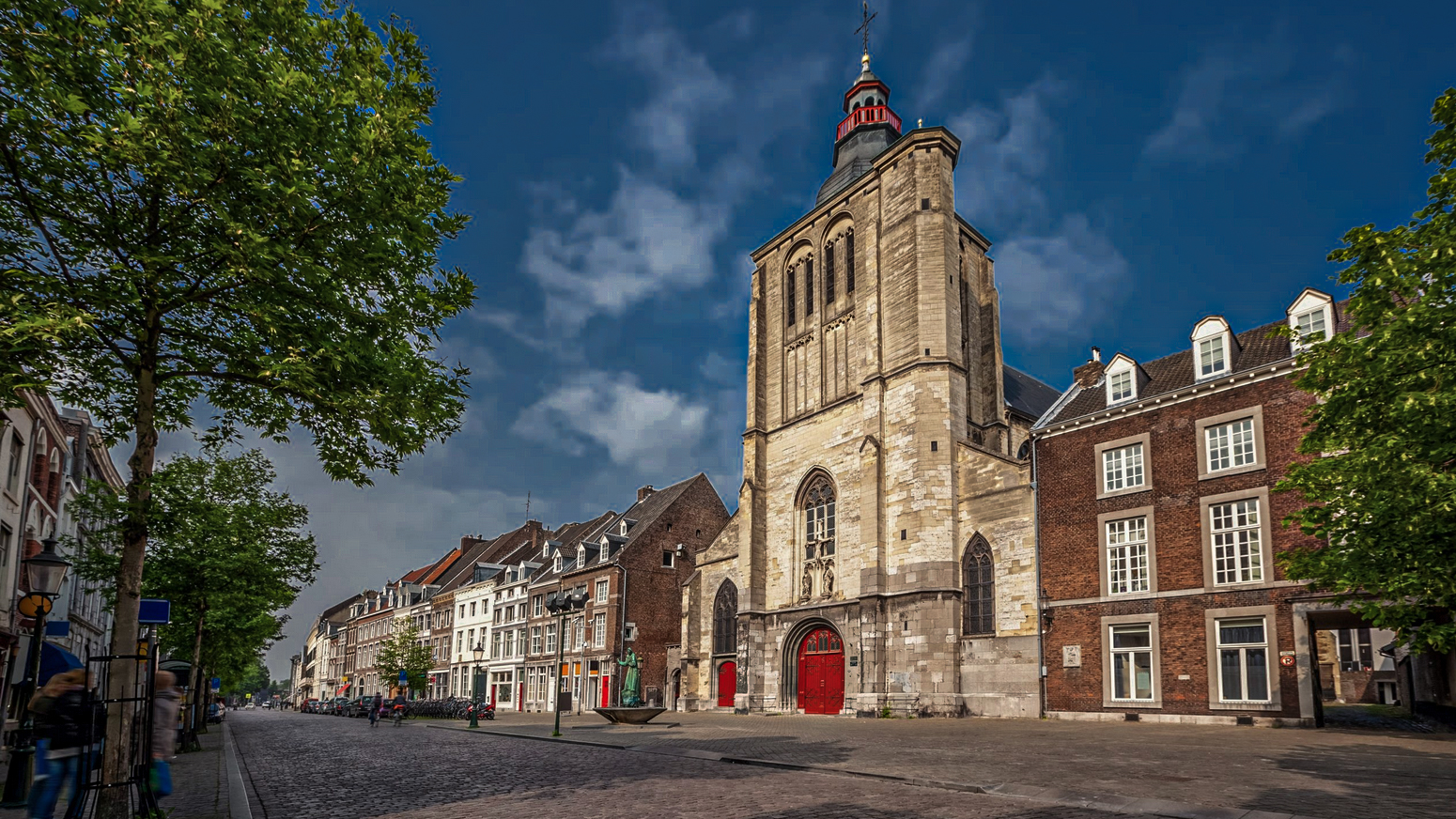
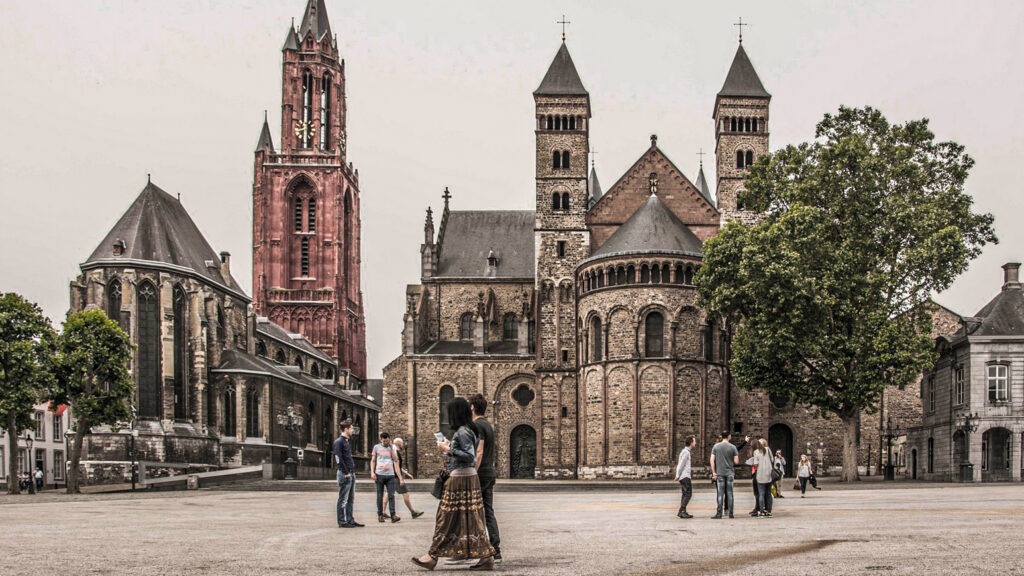
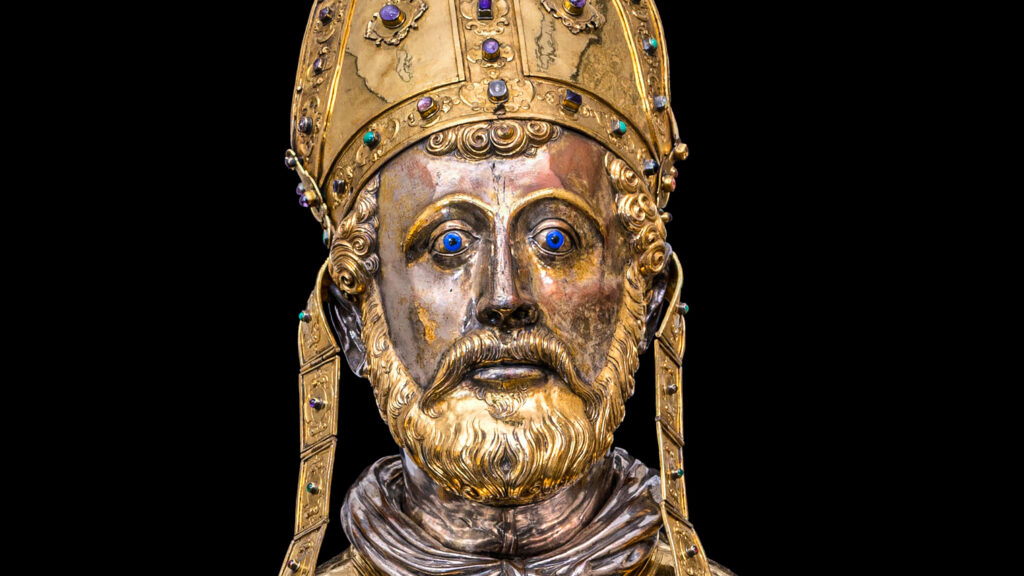
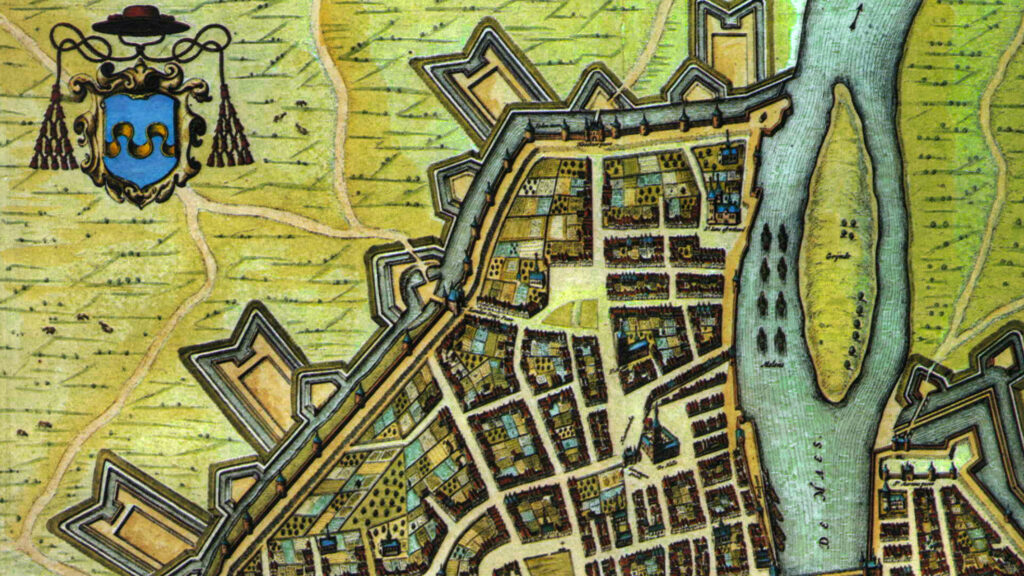
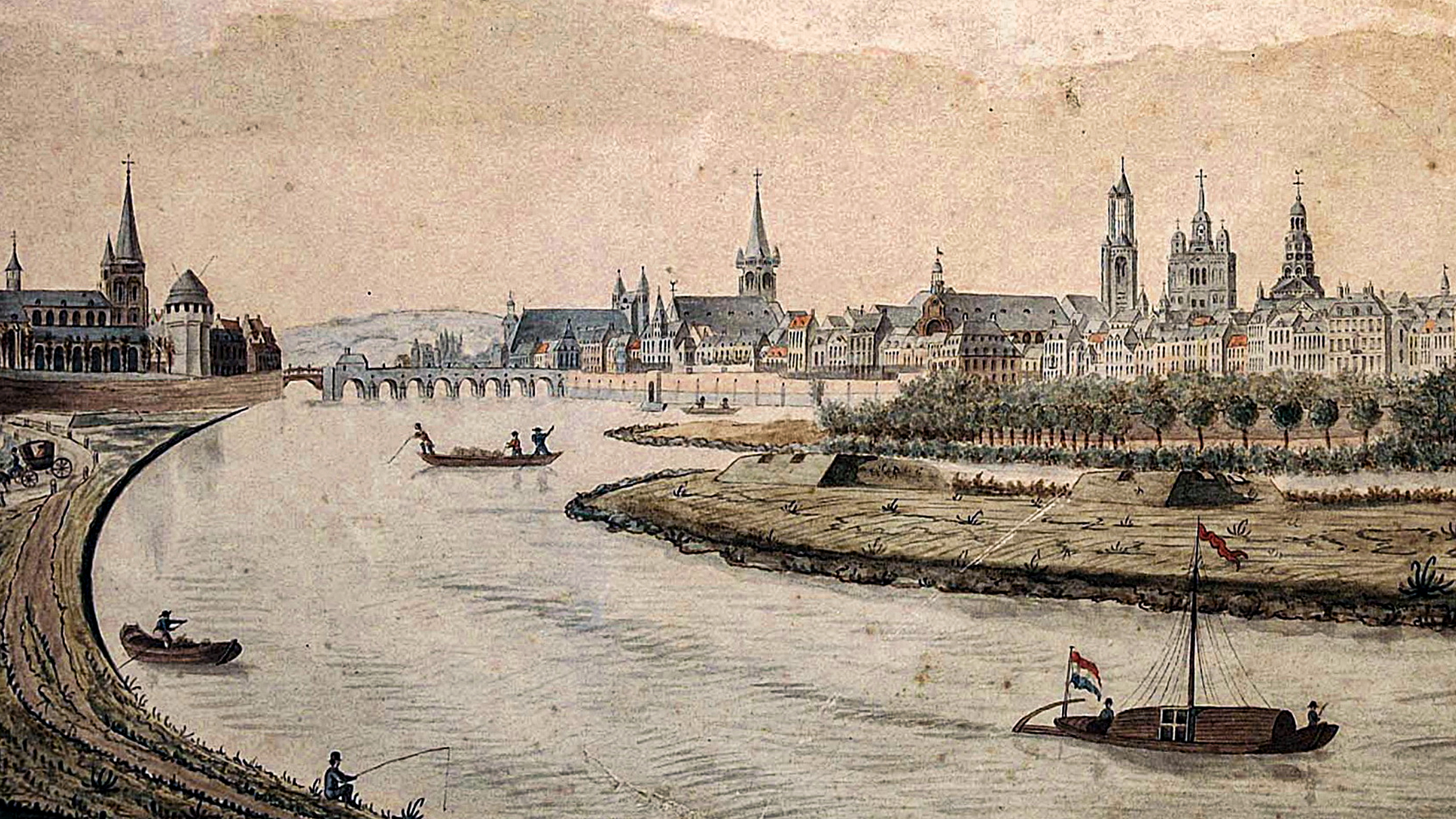
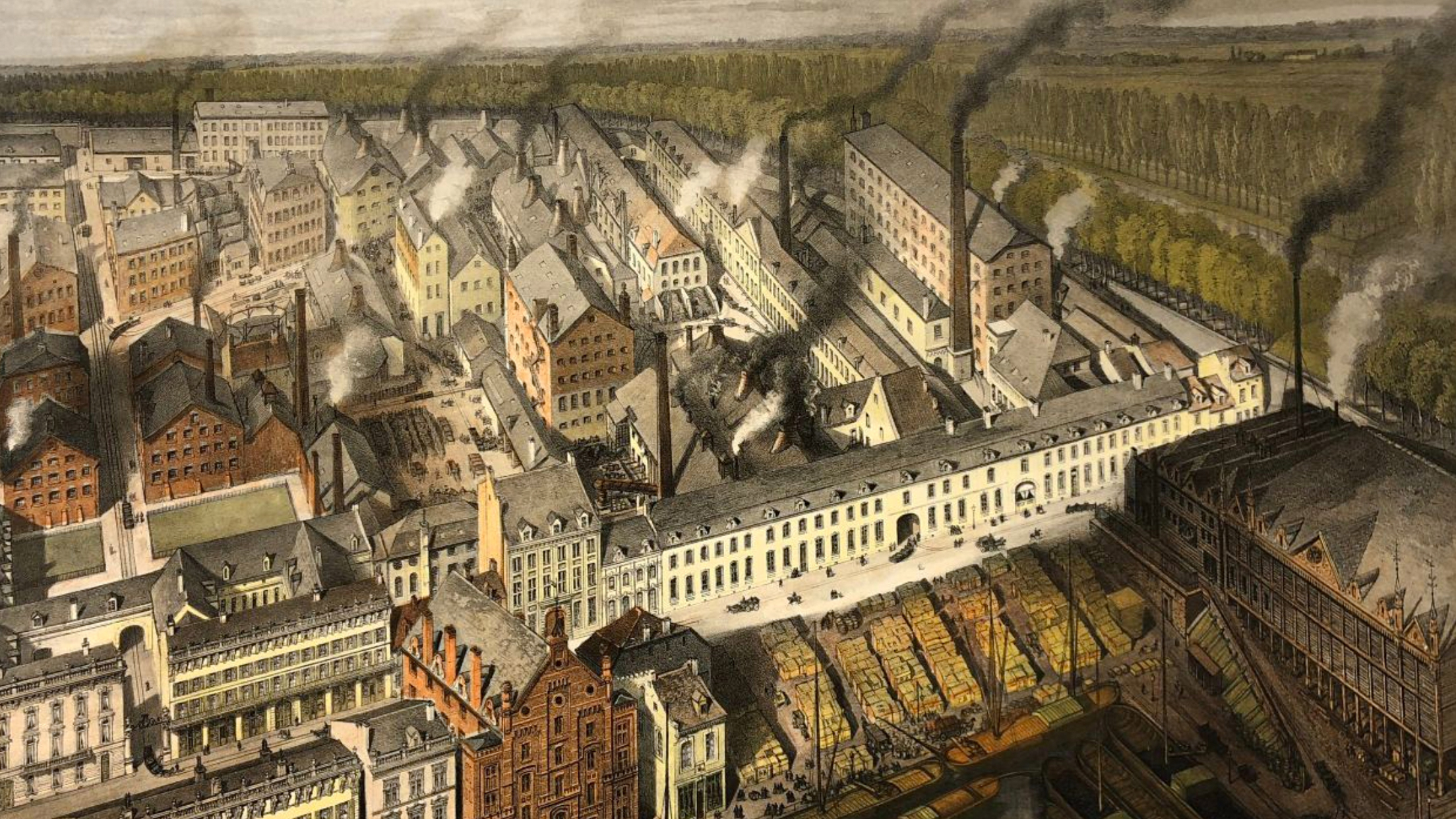
In the rest of the Netherlands, the city Maastricht is often seen as “foreign“, mainly because of its peripheral location near Belgium and Germany, but also because of the atypical landscape, the Maasland house construction, the deviant history, the complicated language situation, the dominance of Catholicism. (more in the past than now), the strong emphasis on community life (fanfares, carnival, processions) and the alleged Burgundian way of life, read more…
Specific local info:



Roman history
Magnus Carolus
Water sources
Around 19 BC. the Romans from Italy, led by Julius Caesar invaded the Euregio Meuse-Rhine and remained until 450 AD.
In the early Middle Ages, Maastricht consisted of a number of residential areas, churches, a toll office and a fortified manor court on the Vrijthof.
The water source of Saint Servatius is in outskirts of the city Maastricht and claims to be the oldest city of the Netherlands.
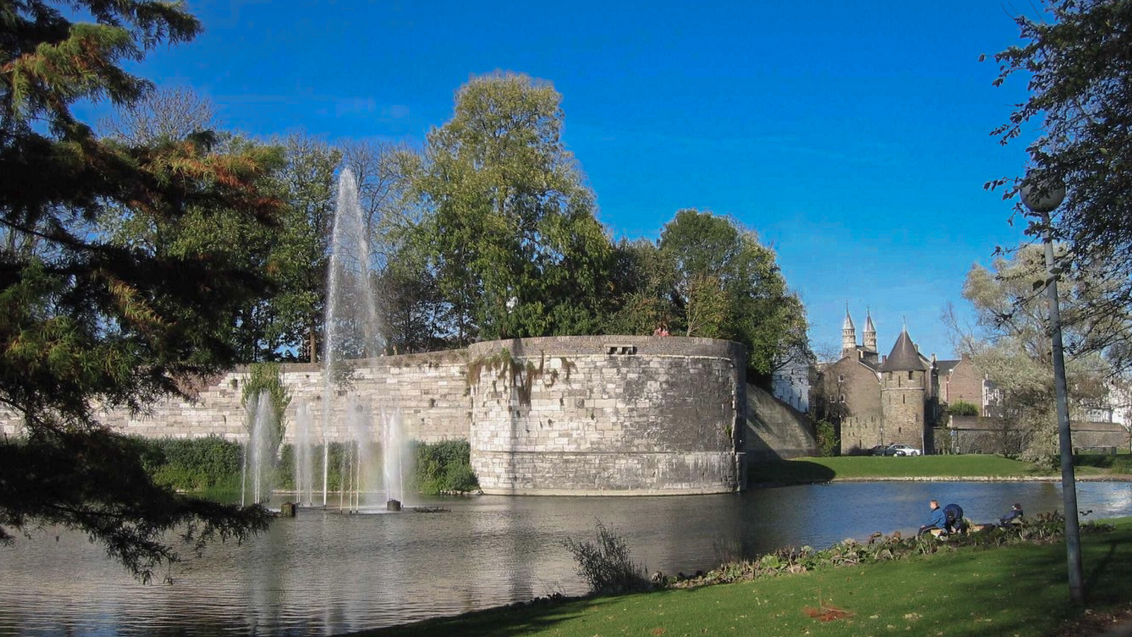
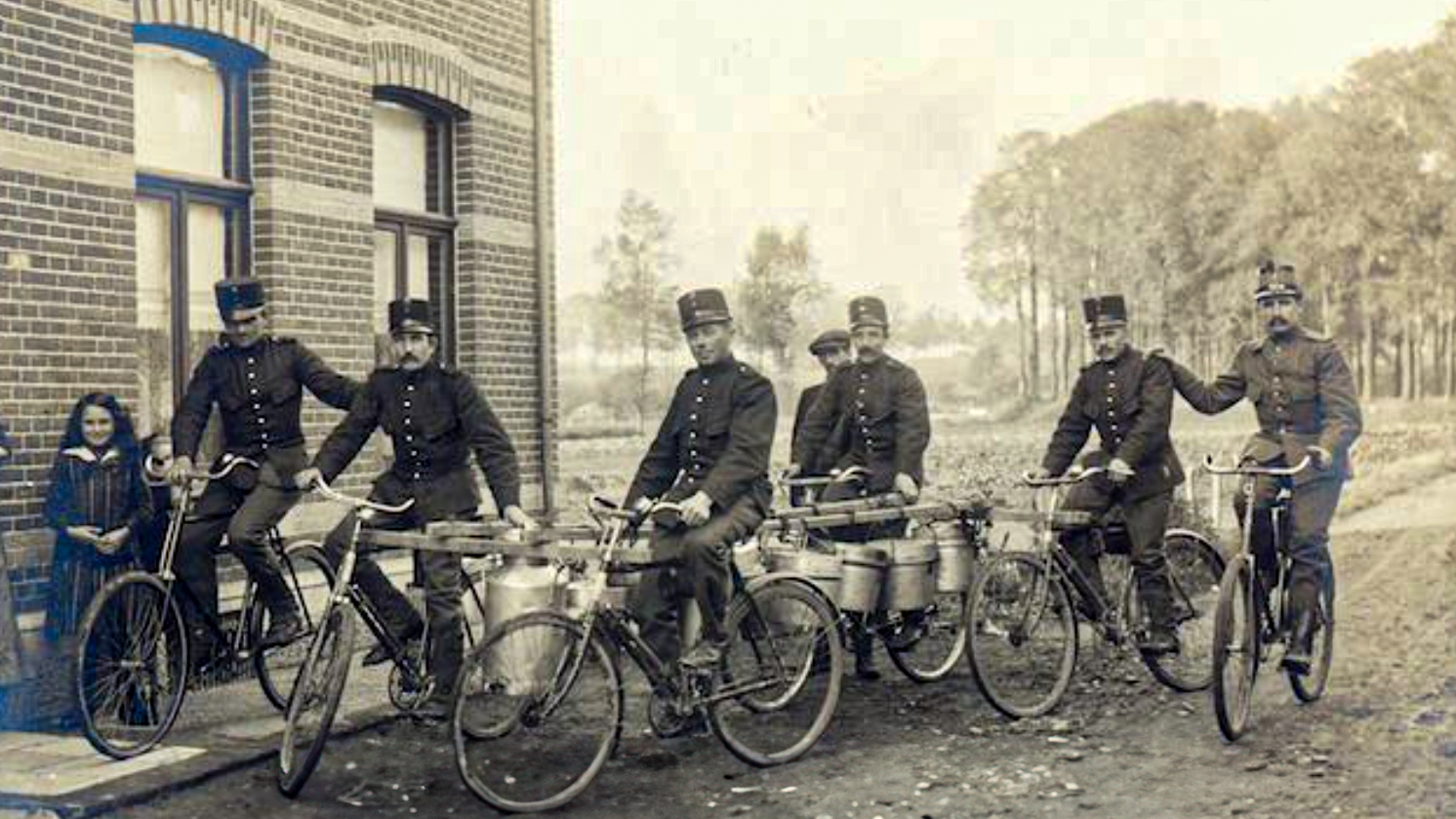
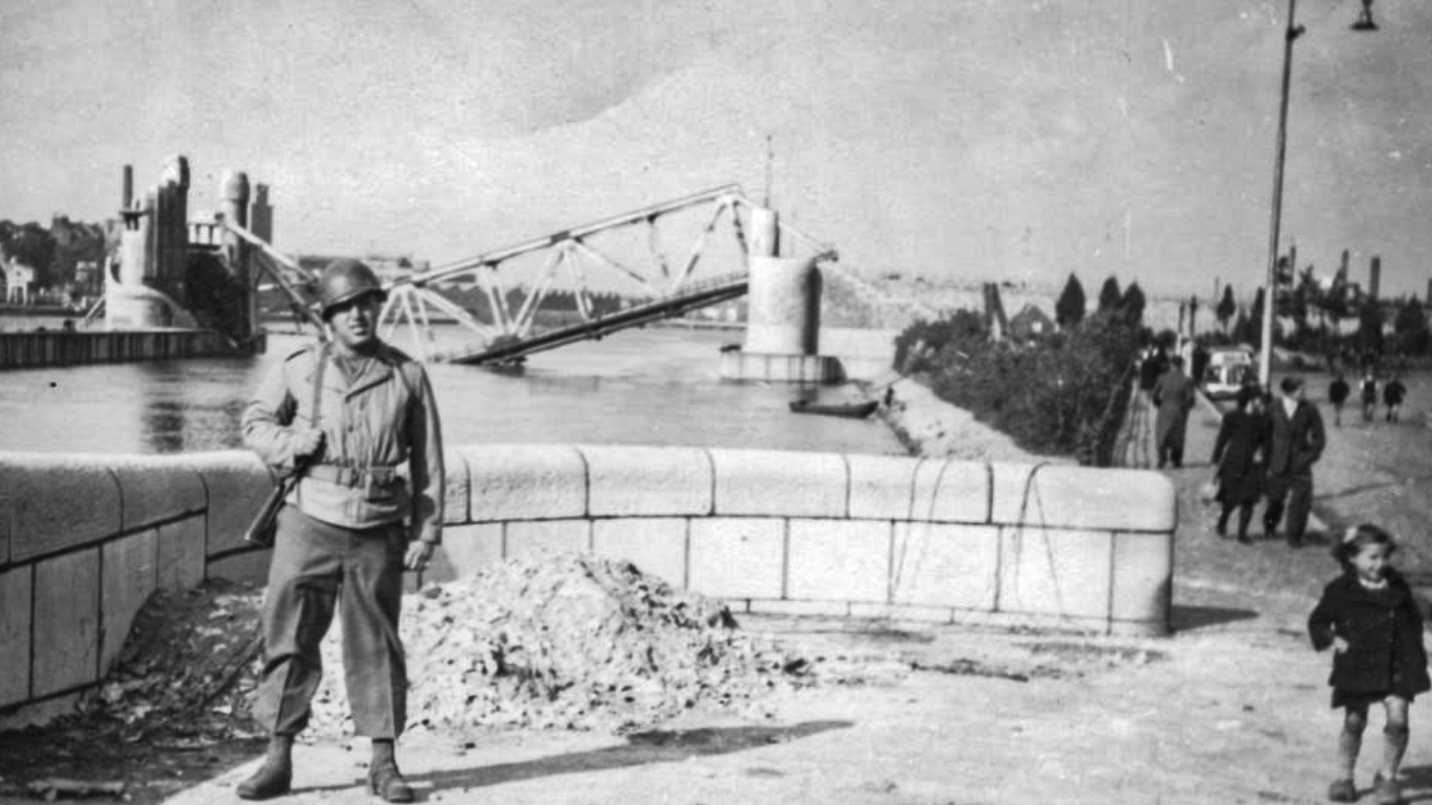
Nature
WW1
WW2
Strolling over the bottom of the river! This is possible at Borgharen when the river Meuse is low.
On August 4, 1914 Germany invaded neutral Belgium. The First World War had become a fact.
The Battle of Maastricht was one of the first battles that took place during the German Campaign on the Western Front during World War II.
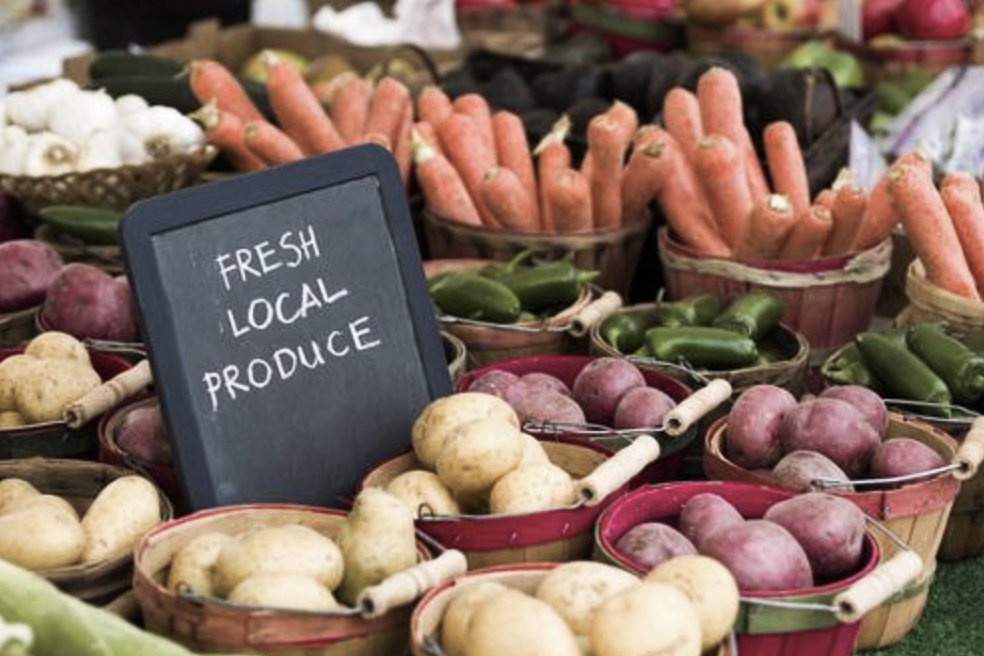


Local products
Stories
Sleeping suggestions
A regional product is a product that comes from the same region as where it is sold. This usually concerns small-scale produced or cultivated products.
The myth of the cast iron lockers! Many attentive Maastricht residents knows them, the cast-iron lockers that are built in the facades of several gatekeepers houses.
There are a range of wonderful places to lay your head near the EMR Trail for a well-earned sleep. From large and luxurious hotels, to small and personable B&B’s and campsites.

